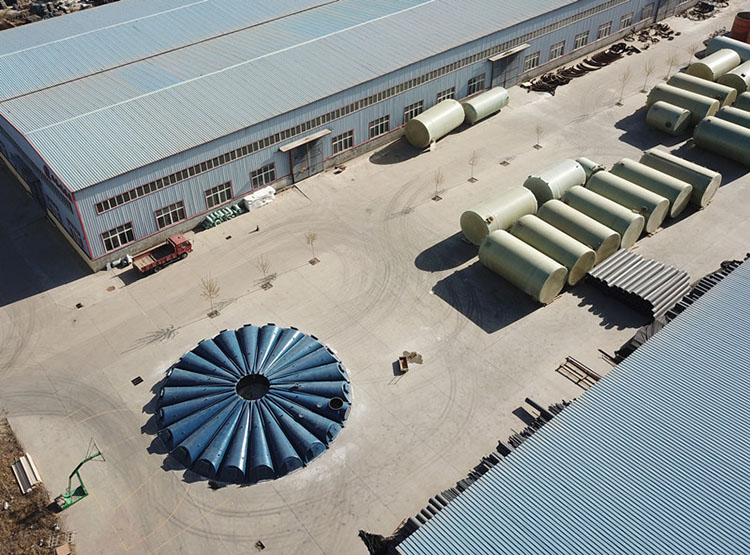
-
 Afrikaans
Afrikaans -
 Albanian
Albanian -
 Amharic
Amharic -
 Arabic
Arabic -
 Armenian
Armenian -
 Azerbaijani
Azerbaijani -
 Basque
Basque -
 Belarusian
Belarusian -
 Bengali
Bengali -
 Bosnian
Bosnian -
 Bulgarian
Bulgarian -
 Catalan
Catalan -
 Cebuano
Cebuano -
 China
China -
 China (Taiwan)
China (Taiwan) -
 Corsican
Corsican -
 Croatian
Croatian -
 Czech
Czech -
 Danish
Danish -
 Dutch
Dutch -
 English
English -
 Esperanto
Esperanto -
 Estonian
Estonian -
 Finnish
Finnish -
 French
French -
 Frisian
Frisian -
 Galician
Galician -
 Georgian
Georgian -
 German
German -
 Greek
Greek -
 Gujarati
Gujarati -
 Haitian Creole
Haitian Creole -
 hausa
hausa -
 hawaiian
hawaiian -
 Hebrew
Hebrew -
 Hindi
Hindi -
 Miao
Miao -
 Hungarian
Hungarian -
 Icelandic
Icelandic -
 igbo
igbo -
 Indonesian
Indonesian -
 irish
irish -
 Italian
Italian -
 Japanese
Japanese -
 Javanese
Javanese -
 Kannada
Kannada -
 kazakh
kazakh -
 Khmer
Khmer -
 Rwandese
Rwandese -
 Korean
Korean -
 Kurdish
Kurdish -
 Kyrgyz
Kyrgyz -
 Lao
Lao -
 Latin
Latin -
 Latvian
Latvian -
 Lithuanian
Lithuanian -
 Luxembourgish
Luxembourgish -
 Macedonian
Macedonian -
 Malgashi
Malgashi -
 Malay
Malay -
 Malayalam
Malayalam -
 Maltese
Maltese -
 Maori
Maori -
 Marathi
Marathi -
 Mongolian
Mongolian -
 Myanmar
Myanmar -
 Nepali
Nepali -
 Norwegian
Norwegian -
 Norwegian
Norwegian -
 Occitan
Occitan -
 Pashto
Pashto -
 Persian
Persian -
 Polish
Polish -
 Portuguese
Portuguese -
 Punjabi
Punjabi -
 Romanian
Romanian -
 Russian
Russian -
 Samoan
Samoan -
 Scottish Gaelic
Scottish Gaelic -
 Serbian
Serbian -
 Sesotho
Sesotho -
 Shona
Shona -
 Sindhi
Sindhi -
 Sinhala
Sinhala -
 Slovak
Slovak -
 Slovenian
Slovenian -
 Somali
Somali -
 Spanish
Spanish -
 Sundanese
Sundanese -
 Swahili
Swahili -
 Swedish
Swedish -
 Tagalog
Tagalog -
 Tajik
Tajik -
 Tamil
Tamil -
 Tatar
Tatar -
 Telugu
Telugu -
 Thai
Thai -
 Turkish
Turkish -
 Turkmen
Turkmen -
 Ukrainian
Ukrainian -
 Urdu
Urdu -
 Uighur
Uighur -
 Uzbek
Uzbek -
 Vietnamese
Vietnamese -
 Welsh
Welsh -
 Bantu
Bantu -
 Yiddish
Yiddish -
 Yoruba
Yoruba -
 Zulu
Zulu
frp flange
Understanding FRP Flanges A Comprehensive Overview
FRP (Fiber Reinforced Polymer) flanges are increasingly being recognized as a vital component in various industries, particularly where corrosion resistance, lightweight properties, and high strength are essential. This article delves into the characteristics, advantages, and applications of FRP flanges.
What is FRP?
FRP, or Fiber Reinforced Polymer, is a composite material made from a polymer matrix reinforced with fibers. The reinforcement can be glass, carbon, aramid, or other fibers, which enhance the material's strength and rigidity. FRP materials are favored in environments where traditional materials like steel or PVC may falter due to corrosion, chemical exposure, or extreme temperatures.
Characteristics of FRP Flanges
FRP flanges are distinct from conventional flanges due to their unique properties. Some key characteristics include
1. Corrosion Resistance FRP flanges are highly resistant to a wide range of chemicals and environmental stressors, making them ideal for use in chemical processing plants, wastewater treatment facilities, and coastal applications.
2. Lightweight Compared to metal flanges, FRP flanges are significantly lighter, which contributes to easier handling and installation. This lightweight nature also translates to lower transportation costs.
3. High Strength-to-Weight Ratio Despite their lightness, FRP flanges maintain a high strength-to-weight ratio, providing robust performance under various mechanical stresses.
frp flange

4. Insulation Properties FRP materials have excellent thermal and electrical insulation properties, reducing the risk of thermal bridging and electrical hazards.
Applications of FRP Flanges
The unique properties of FRP flanges make them suitable for a variety of applications, including
- Chemical Industry In environments where corrosive chemicals are handled, FRP flanges provide longevity and durability. - Water and Wastewater Treatment FRP flanges are ideal for piping systems that deal with aggressive substances, ensuring system integrity.
- Oil and Gas They are used in offshore platforms and chemical storage systems, where resistance to harsh marine environments is crucial.
- Construction In architectural applications, FRP flanges can be utilized in structural components, enhancing overall building resilience.
Conclusion
In summary, FRP flanges represent an innovative solution for industries that prioritize material efficiency and longevity. Their corrosion resistance, lightweight nature, and high strength make them a perfect alternative to traditional flanges, paving the way for enhanced performance in challenging environments. As technological advancements continue to evolve, FRP flanges will likely play an even more significant role in future industrial applications.
Latest news
-
Exploring the Benefits of Top Hammer Drifter Rods for Enhanced Drilling PerformanceNewsJun.10,2025
-
High-Precision Fiberglass Winding Machine for GRP/FRP Pipe Production – Reliable & Efficient SolutionsNewsJun.10,2025
-
FRP Pipes & Fittings for Shipbuilding - Corrosion-Resistant & LightweightNewsJun.09,2025
-
Premium FRP Flooring Solutions Durable & Slip-ResistantNewsJun.09,2025
-
Premium Fiberglass Rectangular Tanks Durable & Lightweight SolutionNewsJun.09,2025
-
Tapered Drill String Design Guide Durable Performance & UsesNewsJun.09,2025









